2010 Grosset, Gaia, Clare Valley, Australia
Critics reviews
Lisa Perrotti-Brown - 27/02/2014
Jancis Robinson - Wine Advocate
About this WINE
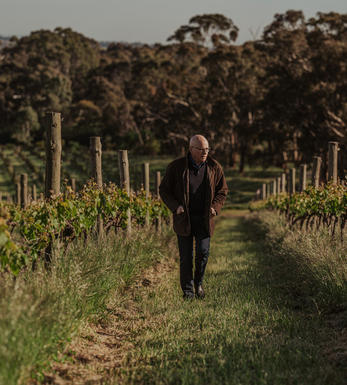
Grosset
Jeffrey Grosset, an oenology graduate, gained extensive experience with major Australian wine companies like Lindemans before establishing his winery 21 years ago in Auburn, Clare Valley.
The winery is housed in a charming old butter and ice factory. Currently, 65% of grape intake comes from vineyards owned or managed by Grosset Wines. These vineyards are known for their advanced vine canopy management and minimal chemical use for pest and disease control. The remaining grapes are thoughtfully sourced from growers who share Grosset’s commitment to quality.
Riesling is the Clare Valley’s signature varietal, and Grosset produces two distinct styles. The Watervale Riesling grows in reddish clay loam over limestone, delivering a floral and lifted profile. Polish Hill Riesling, located in the east, features more acidic quartzy soils with loamy clay over shale and slate. These wines are handcrafted, understated, and designed for ageing.In 1998, Jeffrey Grosset was honoured with the title 'Riesling Winemaker of the Year' in Hamburg, Germany, reflecting his exceptional work with the Riesling grape. His Polish Hill Riesling holds an outstanding rating in Langton’s classification, alongside iconic wines like Penfolds Grange and Clarendon Hills Astralis.
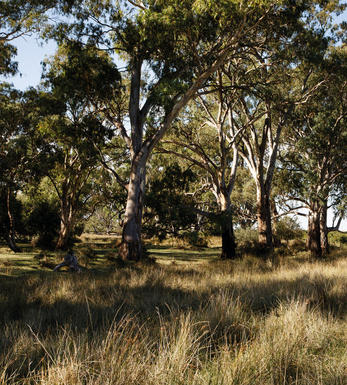
Clare Valley
If ever there was a list of Australian terroirs, Clare Valley would be near the top. Its geographical position an hour north of Adelaide, its latitude and heat degree days (over the growing season) suggest a very hot clime suited to reds. Yet white wines prevail as these factors are offset by an average altitude of 398m (versus Geisenheim at 100m), low relative humidity (37 percent versus 56 percent), high sunshine hours, significant continentality levels (albeit less Geisenheim), cooling south-westerly sea breezes and prime, low, fertile red loam over marly limestone and shale soils set in cooling hill pockets. Irrigation is strictly controlled and less called for in the dry climate.
Taut lime-sherbet Rieslings with fine minerality and ageing capacity are the region's most famous product, followed by Shiraz and Cabernet Sauvignon.
The town of Clare, founded by Irishman Edward Gleeson in 1840, first prospered on the back of copper mining, then a wheat and wine boom during the late 1800s. Vines were first planted in 1853 by an itinerant Cornishman at a site near present-day Watervale, and Birks Wendouree was founded before the century was over. The corporates moved in during the 1960s dry-wine boom, although there remains a core group of small, family-owned estates.
Recommended Producers: Grosset and Jim Barry Wines are among the leading exponents of the Clare Valley style.
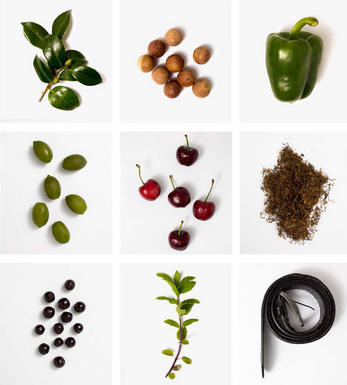
Cabernet Sauvignon Blend
Cabernet Sauvignon lends itself particularly well in blends with Merlot. This is actually the archetypal Bordeaux blend, though in different proportions in the sub-regions and sometimes topped up with Cabernet Franc, Malbec, and Petit Verdot.
In the Médoc and Graves the percentage of Cabernet Sauvignon in the blend can range from 95% (Mouton-Rothschild) to as low as 40%. It is particularly suited to the dry, warm, free- draining, gravel-rich soils and is responsible for the redolent cassis characteristics as well as the depth of colour, tannic structure and pronounced acidity of Médoc wines. However 100% Cabernet Sauvignon wines can be slightly hollow-tasting in the middle palate and Merlot with its generous, fleshy fruit flavours acts as a perfect foil by filling in this cavity.
In St-Emilion and Pomerol, the blends are Merlot dominated as Cabernet Sauvignon can struggle to ripen there - when it is included, it adds structure and body to the wine. Sassicaia is the most famous Bordeaux blend in Italy and has spawned many imitations, whereby the blend is now firmly established in the New World and particularly in California and Australia.


Buying options
Add to wishlist
Description
A blend of 85% Cabernet Sauvignon and 15% Cabernet Franc, the deep garnet colored 2010 Gaia possesses a complex, earthy nose of black earth, moss-covered tree bark and black truffles enveloping a core of preserved plums and blackberry preserves that has a suggestion of allspice. Medium-bodied with a solid backbone of firm grainy tannins and crisp acidity to support the elegant and savory flavors, it finishes with very good persistence. Drink it now to 2020+.
Lisa Perrotti-Brown - 27/02/2014
wine at a glance
Delivery and quality guarantee